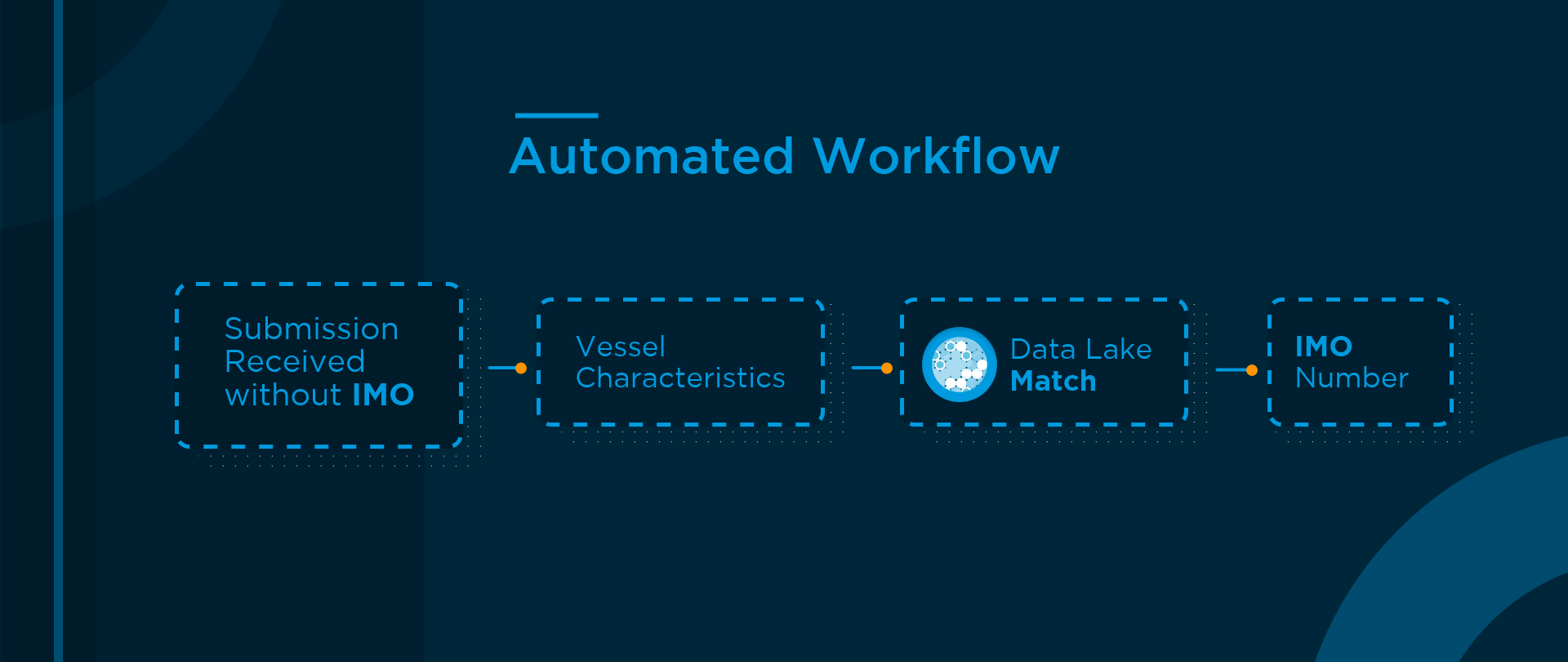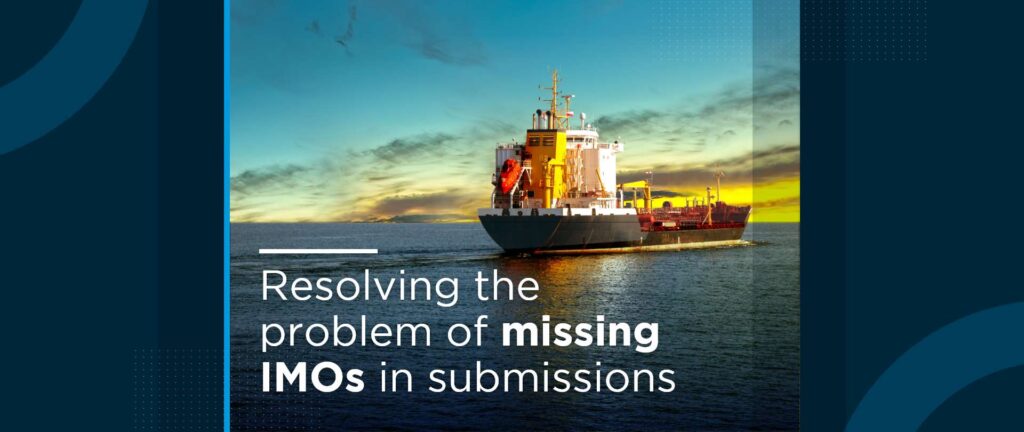Efficiency is one of the core values that underpins investment in digital transformation. We’re seeing technology automate laborious manual tasks, giving underwriters more time to focus on the most demanding aspects of their jobs.
Digital submissions management solutions automate the ingestion of data received from broker submissions, making them far more manageable. When integrated with digital platforms like Quest Marine, they can leverage unique pricing capabilities that score and value business as part of the data ingestion process. This leads to an adequacy score, which can be combined with the submission source and risk score in a single view. This snapshot of prospective business allows an underwriter to deduce whether the risk is in appetite. Formulating a conclusion that quickly adds significant value to an organisations operation. Combined with the added benefits of data accuracy, mitigation of human error, speed of data ingestion, and ability to understand the underlying underwriting process, you have one solution that can drive competitive advantage. There are many challenges around innovation in this space, however. One of which relates to missing information and the speed in which it can be accurately resolved.
International Maritime Organisation (IMO) numbers are unique to each vessel, identifying the vessel itself, the owner, and management company. Digital platforms that utilise big data and machine learning often tie additional vessel information to its IMO, creating a profile of its behaviour.
Digital submissions don’t always include the IMO. This is a problem due to the importance of IMO’s in the system, making it mandatory for modelling. The reason for IMO omission is typically due to human error. To resolve this issue, an underwriter typically googles the IMO of every vessel that doesn’t have one in the submission. For a large fleet, this can take a considerable amount of time.
“When dealing with submissions, resolving missing information, such as IMO’s, was a constant drain on time. Sourcing the missing fields on submissions containing 60 vessels at a time meant I spent more time on google as opposed to assessing the risk. This inefficiency was compounded by the fact that we couldn’t consider whether business was in appetite until this manual data entry was complete. This problem is still relevant to today’s market. Our application of technologies to solve this problem should see a much smoother operation client side, allowing underwriters to process more business in the same working hours.” – Sam Mellett, Senior Product Manager at Concirrus
To automate the ingestion of a digital submission, the IMO needs to be present. Quest Marine’s submissions management module resolves this issue by leveraging Concirrus’ vast curated data lake. When the data points in the submission are scanned and deemed to be missing an IMO, they are matched to records in the data lake, revealing the vessel’s IMO. This field is then auto populated and checked to ensure they are indeed still in commission. This process is entirely automated and resolves a common efficiency problem in the market.
By auto-populating missing fields as vital as the IMO, underwriters can continue to spend less time on manual tasks, and more time considering new business. Added insights around brokers that provide the best risk, risk score of business won, and reasons for loss or declination help the strategic targeting of relationships to nurture.

To find out how submissions can help your business, visit our resource page, or get in touch.


